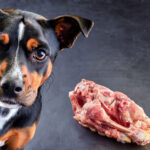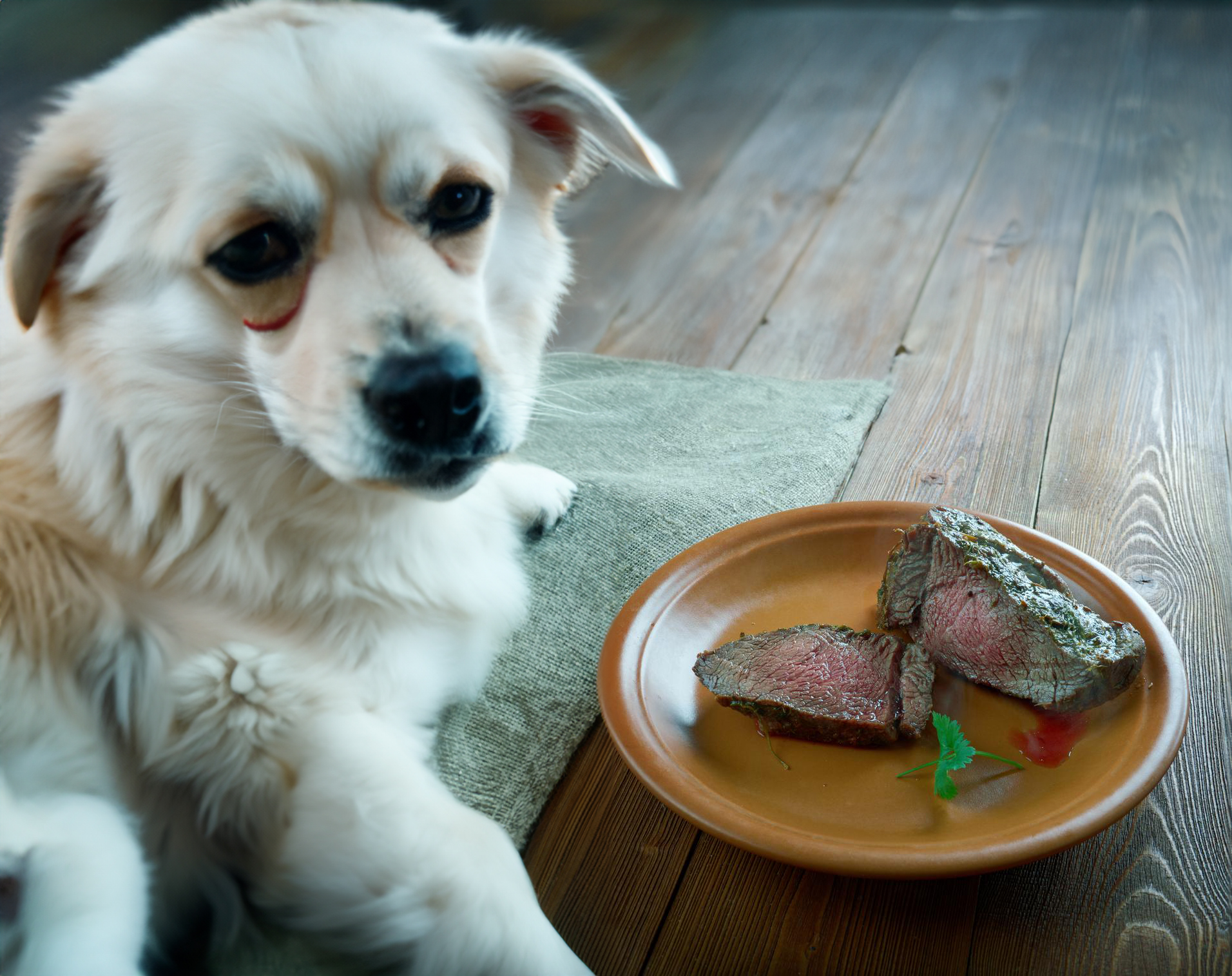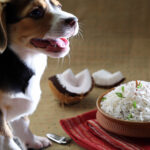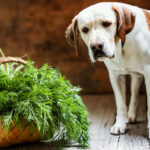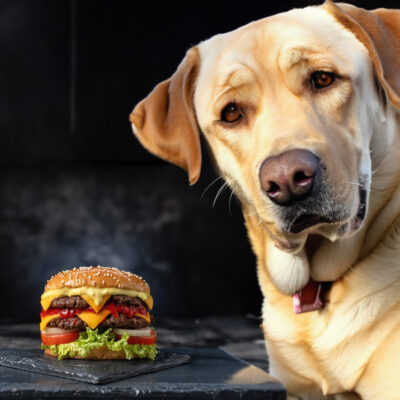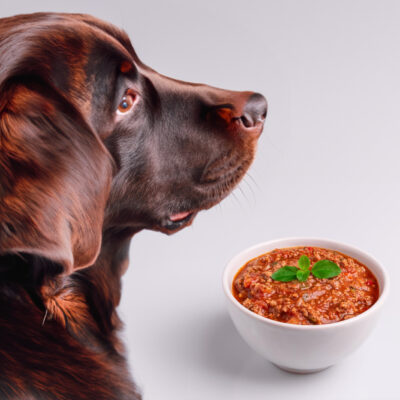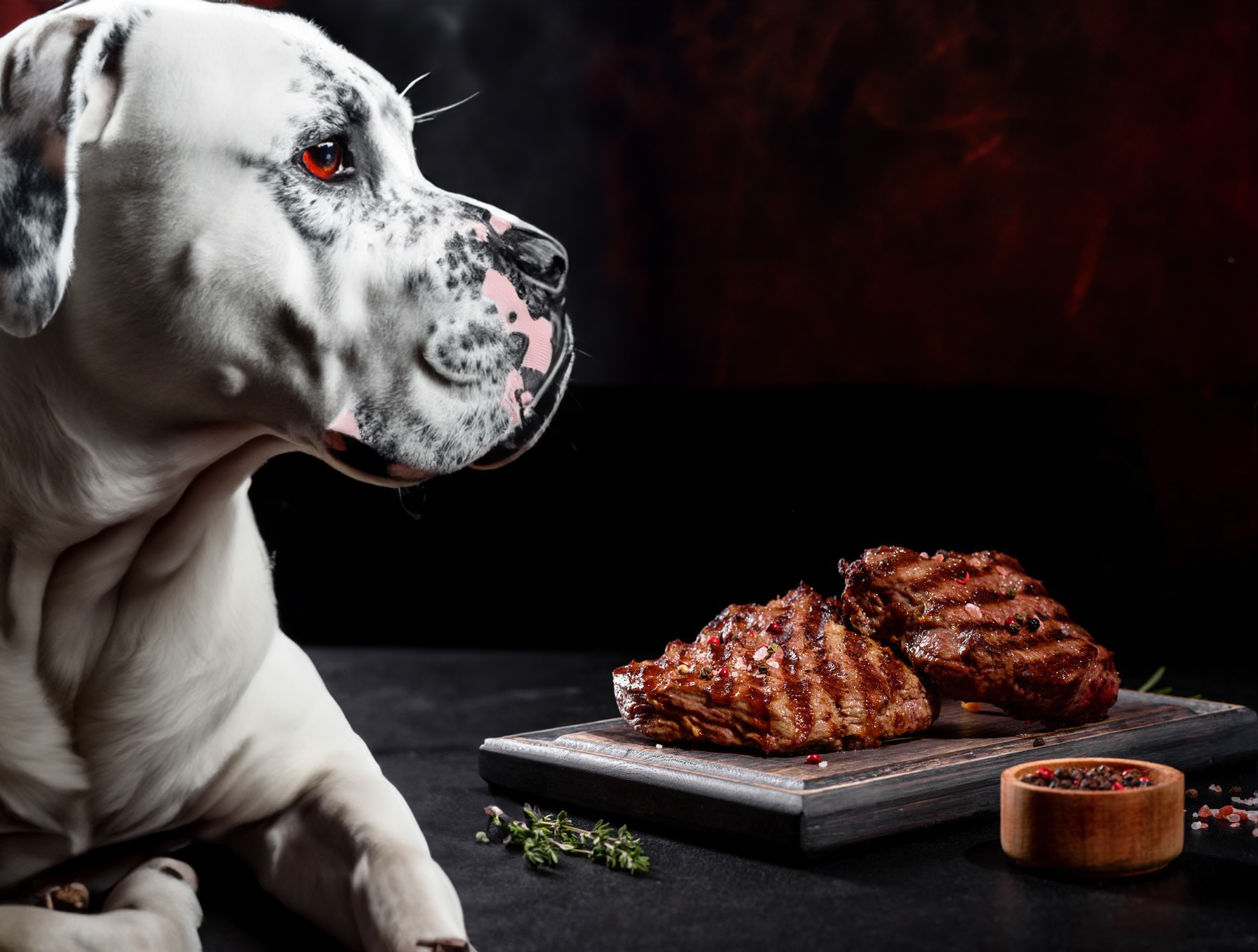Deciding what to feed your pup can be a difficult decision. With so many options on the market, it can be hard to know what is safe for your pet and what isn’t. One popular type of food that is often debated is corned silverside. Is this dish a safe and nutritious option for your canine companion? In this blog post, we’ll be discussing the doggy diet dilemma of corned silverside and the benefits and risks associated with it.
What is Corned Silverside?
Corned silverside is a popular dish that is often enjoyed by humans, but can it be enjoyed by our furry friends as well? Corned silverside, also known as corned beef, is a cut of beef that has been cured and brined in a mixture of salt, sugar, and spices. It gets its name from the small pellets of salt that were traditionally used to preserve the meat, which were called “corns.”
The process of corned silverside involves soaking the beef in the brine solution for an extended period of time, usually around a week or two. This allows the flavors to penetrate the meat and give it a distinctive taste. Once the meat has been cured, it is typically cooked by simmering it in water or other liquid until it is tender and flavorful.
Corned silverside is often served with cabbage, potatoes, and other vegetables, making it a hearty and satisfying meal. It is also commonly used as a filling for sandwiches, adding a delicious and savory element to any lunchtime favorite.
However, when it comes to feeding corned silverside to your dog, there are some things to consider. While corned beef itself is not inherently toxic to dogs, there are certain aspects of this dish that may not be suitable for your furry friend’s diet. It is important to take into account the high salt content of corned silverside, as excessive salt intake can lead to health issues in dogs, such as dehydration and kidney problems.
Furthermore, the spices used in the curing process of corned silverside may not be safe for dogs. Some spices, such as onion and garlic, can be toxic to canines and should be avoided. These ingredients can cause anemia and gastrointestinal issues in dogs, so it’s important to ensure that any corned silverside you feed your dog does not contain these harmful substances.
Overall, while corned silverside may be a tasty and tempting dish, it is best to exercise caution when considering feeding it to your dog. Always check the ingredients and nutritional information before giving your dog any human food, and consult with your veterinarian if you have any concerns about their diet. There are plenty of safe and nutritious alternatives out there that will keep your pup happy and healthy.
Can Dogs Eat Corned Silverside?
You may be wondering, can dogs enjoy the deliciousness of corned silverside just like us? Well, the answer is a bit more complex than a simple yes or no. While corned beef itself is not toxic to dogs, there are some aspects of corned silverside that can be harmful to our furry friends.
First and foremost, let’s talk about the salt content. Corned silverside is packed with salt, and excessive salt intake can lead to serious health issues in dogs. Too much salt can cause dehydration and even kidney problems. So, it’s important to be mindful of the salt levels in any corned silverside you consider giving to your pup.
Another consideration is the spices used in the curing process. Some spices, like onion and garlic, can be toxic to dogs. These ingredients can cause anemia and gastrointestinal issues, which no dog owner wants to see. So, it’s crucial to double-check the ingredients of any corned silverside you plan on sharing with your furry companion.
Ultimately, it’s best to err on the side of caution when it comes to feeding corned silverside to your dog. While it may be tempting to share your favorite dish with your pet, their health and well-being should always come first. Consulting with your veterinarian is always a wise decision if you have any doubts or concerns about your dog’s diet.
In the next section, we’ll delve deeper into the pros and cons of feeding your dog corned silverside. Stay tuned for more valuable information to help you make an informed decision for your furry friend’s diet.
The Pros and Cons of Feeding Your Dog Corned Silverside
When it comes to feeding your dog corned silverside, there are definitely some pros and cons to consider. Let’s start with the pros. Corned silverside is a flavorful and satisfying dish that your dog may find absolutely delicious. The combination of tender beef and savory spices can be a real treat for their taste buds. Additionally, corned silverside is often served with vegetables like cabbage and potatoes, which can provide some added nutritional value.
On the other hand, there are some cons to feeding your dog corned silverside. As mentioned earlier, the high salt content can be a cause for concern. Excessive salt intake can lead to dehydration and kidney problems in dogs, so it’s important to be mindful of this. Furthermore, the spices used in the curing process, such as onion and garlic, can be toxic to dogs and should be avoided. These ingredients can cause serious health issues for your furry friend.
Overall, while corned silverside may be a tasty treat for your dog, the cons outweigh the pros. It’s best to prioritize their health and well-being by avoiding potentially harmful ingredients. There are plenty of safe and nutritious alternatives available that will keep your pup happy and healthy. Consider consulting with your veterinarian for recommendations on a balanced and appropriate diet for your dog.
Alternatives to Corned Silverside for Dogs
If corned silverside is not a suitable option for your furry friend, don’t worry! There are plenty of alternative foods that you can offer your dog that are safe and nutritious. Here are a few options to consider:
- Lean Meats: Instead of corned beef, opt for lean cuts of meat such as chicken, turkey, or lean beef. These meats are high in protein and low in fat, making them a healthy choice for your pup.
- Cooked Vegetables: Many vegetables are safe and beneficial for dogs. Cooked options like carrots, green beans, and sweet potatoes are packed with vitamins and minerals. Just be sure to avoid seasoning them with any harmful spices or additives.
- Fresh Fruits: Fruits like apples, bananas, and berries can be a great addition to your dog’s diet. They are not only tasty but also provide important nutrients and antioxidants. Just remember to remove any seeds or pits, as they can be a choking hazard.
- Commercial Dog Food: There are many high-quality dog foods available on the market that are specifically formulated to meet your dog’s nutritional needs. Look for options that contain real meat as the first ingredient and avoid foods with excessive fillers or artificial additives.
Remember, it’s always best to consult with your veterinarian before making any significant changes to your dog’s diet. They can provide personalized recommendations based on your dog’s specific needs and dietary restrictions.
Tips on How to Safely Feed Your Dog Human Food
Feeding your dog human food can be a fun way to share a meal with your furry friend, but it’s important to do so safely. Here are some tips to ensure that your dog can enjoy human food without any negative consequences.
- Choose Safe Ingredients: Before giving your dog any human food, make sure that the ingredients are safe for them to consume. Avoid foods that are toxic to dogs, such as onions, garlic, grapes, and chocolate. Stick to simple, unseasoned options that won’t upset your dog’s stomach.
- Cook It Thoroughly: When sharing cooked food with your dog, be sure to cook it thoroughly to eliminate any harmful bacteria. Raw or undercooked meat can pose a risk to your dog’s health, so it’s best to stick to fully cooked options.
- Avoid Seasonings and Additives: Many seasonings and additives used in human food can be harmful to dogs. Avoid using salt, spices, and condiments when preparing food for your dog. Stick to plain, unseasoned options to ensure their safety.
- Portion Control: While it’s tempting to share a large portion of your meal with your dog, it’s important to practice portion control. Too much human food can lead to weight gain and digestive issues in dogs. Offer small, appropriate portions as a treat rather than a full meal.
- Consult with Your Vet: If you’re unsure about which human foods are safe for your dog or have any concerns, consult with your veterinarian. They can provide personalized advice based on your dog’s specific dietary needs and restrictions.
Remember, moderation is key when it comes to feeding your dog human food. By following these tips, you can ensure that your dog can safely enjoy a treat from your plate without any negative consequences.
